Operation Blue Star

This is a collection of articles archived for the excellence of their content. |
Contents |
In brief
India Today, Gunjeet K. Sra
Operation Bluestar, June 1984: It was a political disaster and an unprecedented act in Indian history. Its aftermath and the increased tensions led to assaults on the Sikh community in India.
TEMPLE TRIBULATION
Apparently led by completely off-the-mark intelligence reports, the Indian Army stormed the Golden Temple complex at Amritsar in Operation Bluestar of June 4-6,1984, killing 492 civilians and 83 armymen.“And now, pushed to the wall,Mrs Gandhi finally did what few could deny had to be done: she gave the signal for Operation Bluestar,”said India Today in June 1984.
5 lesser-known facts
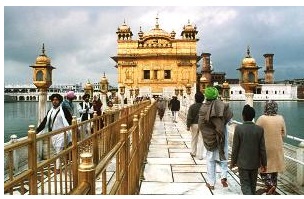
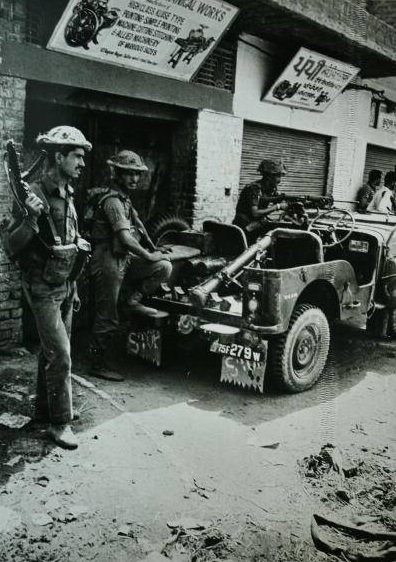
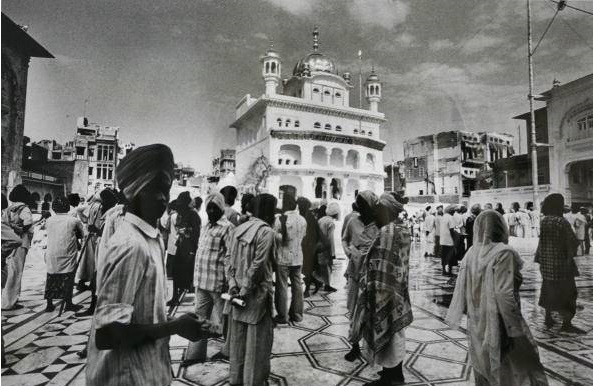
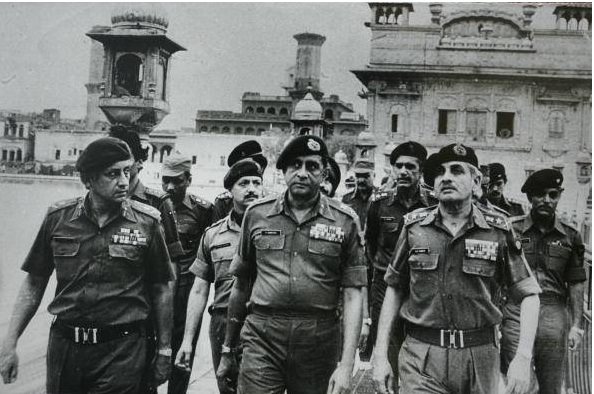
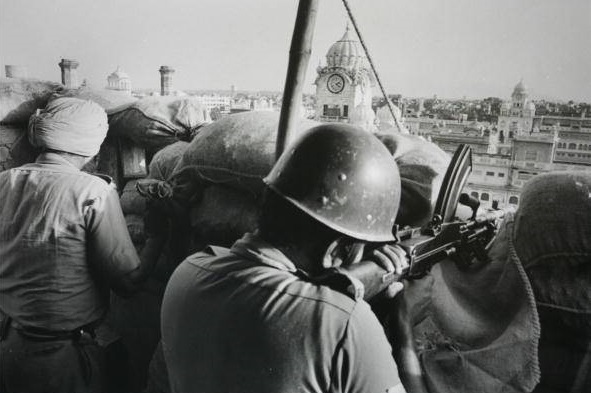
Army gained effective control over Harmandir Sahib or Golden Temple complex on June 7, 1984, with Operation Bluestar, after Khalistani militant Jarnail Singh Bhindranwale fell to bullets on June 6. Five lesser-known facts related to Operation Bluestar:
Army gained effective control over Harmandir Sahib or Golden Temple complex on June 7, 1984, with Operation Blue Star, after Khalistani militant Jarnail Singh Bhindranwale fell to bullets on June 6.
Here are five lesser-known facts related to Operation Blue Star:
1. Operation Blue Star had two components. The first was Operation Metal, which was confined to the Golden Temple complex.
Operation Metal was followed by Operation Shop, wherein security forces raided Punjab's countryside in order to capture suspects.
The second component was Operation Woodrose, launched throughout Punjab to quell militancy.
2. Several people were killed in retaliation to Operation Blue Star. PM Indira Gandhi was assassinated by her two Sikh bodyguards.
General AS Vaidya, the 13th Army chief, who supervised the operation, was shot dead in Pune after his retirement.
AI Flight 182, Kanishka, from Montreal to Delhi was bombed, killing all 329 on board.
3. GOC SK Sinha, who was asked by then PM Indira Gandhi to plan the attack at the Golden Temple, had reservations over the proposal.
He sought premature retirement in 1983 on being superseded by Lt Gen AS Vaidya for the post of Army chief.
4. Bhindranwale's tactical adviser was Maj Gen Shahbeg Singh, noted for his service in training of Mukti Bahini volunteers during the Bangladesh Liberation War. Singh was killed in the operation.
5. More often than not, the success or failure of Operation Blue Star is compared to Operation Black Thunder. The latter was the name given to two operations that took place in the late 1980s to flush out the remaining militants from the Golden Temple.
`Akali offer could have averted Op Bluestar'
The Times of India, September 20, 2015
`Akali offer could've averted Op Bluestar'
Rajeswar has also claimed that Operation Bluestar could have been averted had then PM Indira Gandhi agreed to a deal proposed by a “senior Akali Dal functionary“ in 1982. The ex-IB chief, who did not name the leader, said the Akalis had suggested that Gandhi ask the then Punjab CM Darbara Singh to step down and install a coalition government led by an Akali CM in his place, thus effectively neutralizing Jarnail Singh Bhindranwale. “I prepared a four-page note, outlining the offer and gave it to the PM. I told her the offer seemed sincere. I also asked her not to discuss the offer with Gianiji (Zail Singh) and take an independent decision,“ Rajeswar says. However, he adds that Gandhi turned down the offer and the situation in Punjab became only more explosive, leading to Operation Bluestar in which 492 civilians were killed, according to official estimates.
The sources of this article include
Times of India
1. The Times of India: Jun 7, 2015
See also
Khalistan, Khalistani violence
Operation Blue Star